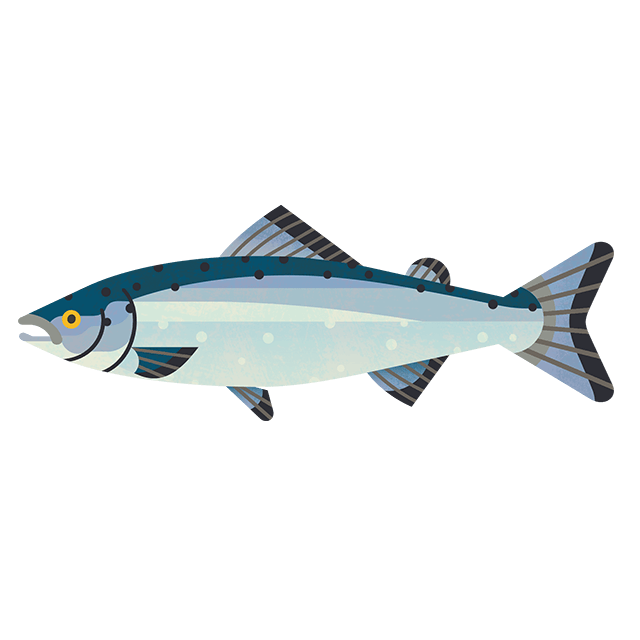
Behind the headlines: is the number of fish really rising?
Recent headlines have suggested that Scottish fish stocks are rising – but they’re not telling the whole story. Some of our best-loved species are still in serious decline as a result of overfishing. Our experts take a look at the data behind the headlines for a true picture of what’s happening in UK seas.
Why are the headlines misleading?
The Scottish fishing industry claims that record high numbers of fish are being recorded in Scottish waters, but this doesn’t take into account how well individual species are doing.
Fish stocks are measured by estimating the weight (or biomass) of fish living in a certain area. But as several species often live, feed and swim together in the same part of the sea, these stock assessments need to be looked at in more detail.
Just because the overall biomass has increased, this doesn’t reflect the reality that some species are struggling and need further protection.
What does the data say?
Scottish waters are some of the most economically important fishing areas in the UK, with stocks of popular commercial species including cod, haddock, whiting, coley, plaice, Dover sole and hake.
If you look at the combined biomass of fish in the North Sea and West of Scotland over the last 20 years, it paints a pretty rosy picture.
Since 2001, it’s grown from 800,000 tonnes to 2 million tonnes. This is an increase of 1.2 million tonnes – great news on the whole! But it hides some larger, disturbing trends.

Credit: Anney Lier/Shutterstock
Let’s take a closer look
Once we look at what’s happening with individual species, the issues become clear.
North Sea plaice has had a great 20 years – growing by 800,000 tonnes since 2001. So, the reported 1.2 million tonne increase drops to just 400,000 tonnes when we take one species, plaice, out of the equation.
Coley (also known as saithe) around Scotland has dropped by 31% since 2001. North Sea cod, which was already dangerously low in 2001, has dropped a further 12%. There are now so few cod left in the North Sea that there’s a risk they won’t be able to breed.
The cod population in the West of Scotland is faring even worse, suffering a 68% decrease in the last 20 years. It’s now at just 10% of what would be considered a healthy population size.

Credit: Jack Clarke
How can we protect vulnerable species?
The challenge for the fishing industry is this: if you’re catching tonnes of different species all at the same time, how do you make sure you don’t get too many of one, while catching enough of the other?
As species are all caught together, the more plaice, haddock and hake we catch, the more cod and coley we risk catching alongside it.
This is why it’s so important to look at the trends in individual species and not just the combined levels.
So, what’s the solution?
Currently, the fishing industry prioritises catching the most productive species, without considering the consequences this may have on vulnerable species like cod.
To improve the state of the worst affected fish, the main goal must be to avoid over exploitation of all species. By helping declining stocks to recover, while keeping other fish populations at healthy sizes, we can reduce environmental impacts and make fishing more sustainable in the long term.
This needs to start with reducing catches of at-risk species. We can do this by improving the ‘selectivity’ of fishing gear, so fishing only catches the species we’re aiming for.
We can also reduce the total number of fish we take out of a certain area. This could mean catching less haddock or plaice to allow cod and coley to recover. In the years to come, this will have many ecological, economic and social benefits.
Ultimately, we have to remember that fishing changes the balance of a delicate ecosystem. UK seas are under increasing pressure not just from human activity, but climate change too.
To keep our seas healthy and resilient, ready to face the challenges to come, we must pay attention to the best available science and avoid tipping the balance too far in the wrong direction.


